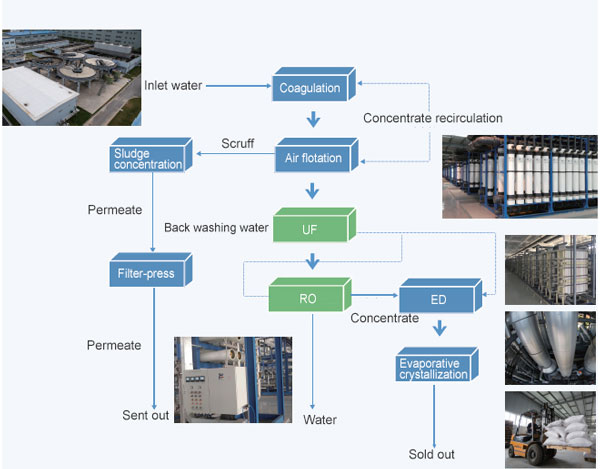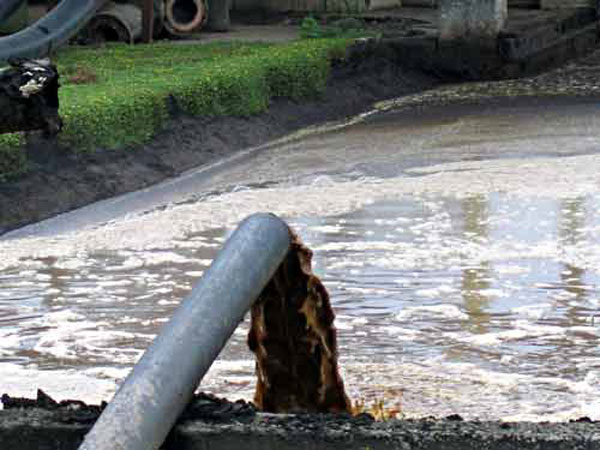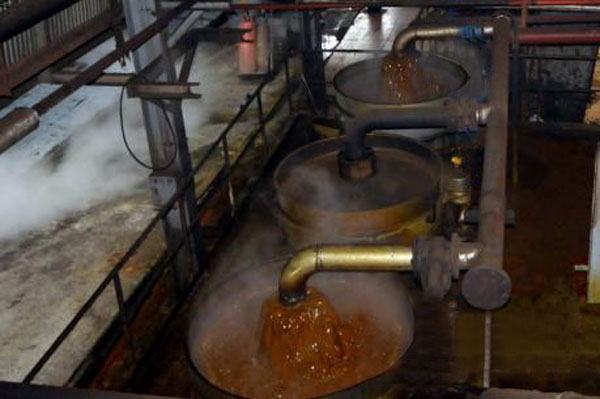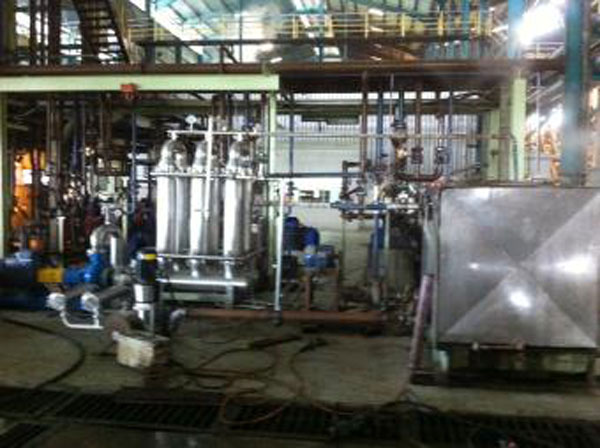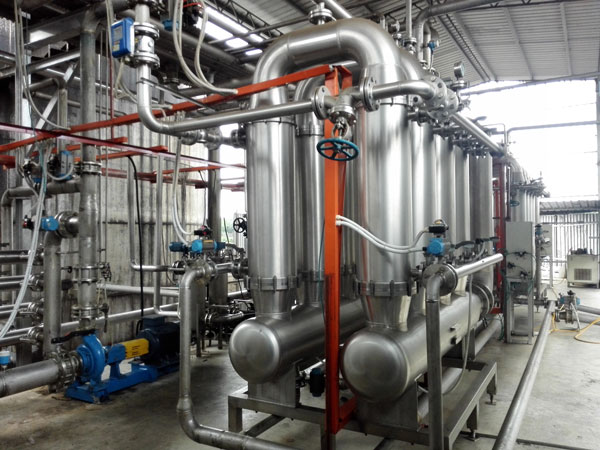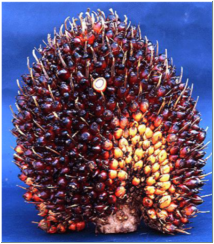Ultrafiltration (UF) is a variety of membrane filtration in which forces, such as pressure or concentration gradients, cause separation through the semi-permeable membrane. High molecular weight suspended solids and solutes remain in the so-called retentate while water and low molecular weight solutes pass through the membrane in the permeate (filtrate). The pore size of the ultrafiltration membrane is in the range of 0.01μm ~ 0.05μm, suitable for the separation, concentration and purification of macromolecules and small molecules.
Application of Ceramic ultrafiltration Membrane
UF technology can be used to remove particulates and macromolecules from raw water to produce potable water. It has been used to replace the existing secondary (coagulation, flocculation, sedimentation) and tertiary filtration (sand filtration and chlorination) systems used in water treatment plants or as stand-alone systems in isolated areas with a growing population.
When treating water containing highly suspended solids, primary (screening, flotation and filtration) and some secondary treatments are often used as a pretreatment stage to incorporate ultrafiltration into the process.
When water recovery is simple, very little processing is often required. However, when more in-depth processing is required, industry standard procedures include the use of UF membrane technology, which means removing the physical solids from the water by passing them through a semipermeable membrane. With ultrafiltration, the solids are primarily captured by the filter and discarded.
Circulating water can also be used in a variety of industrial applications including water supply to boilers or cooling towers, pH control, cleaning equipment, hard beds and vehicles, fire fighting, rinsing or process water for manufacturing industrial lines, toilet flushing, dust control, construction activities Mix with concrete.
Ultrafiltration is often used to pre-treat surface water, seawater and bioprocessed municipal water upstream of reverse osmosis plants.
Industries that consume large amounts of water or discharge highly toxic wastewater may use ultrafiltration to recover water.
These include chemicals, steel, plastics and resins, paper and pulp, pharmaceutical and food and beverage industries, including soft drinks and canned foods, and electricity, water and wastewater treatment plants.
Ultrafiltration is used to recycle flow or add value to later products and more. In many cases ultrafiltration (UF) is used for prefiltration in reverse-osmosis plants to protect the reverse-osmosis process. Ultrafiltration is an effective means of reducing the silt density index of water and removing particulates that can foul reverse osmosis membranes.
Features of Ultrafiltration Membrane
Ultrafiltration processes are preferred over traditional treatment methods for the following reasons:
No chemicals required (aside from cleaning)
Constant product quality regardless of feed quality
Compact plant size
Capable of exceeding regulatory standards of water quality, achieving 90-100% pathogen removal.
JIUWU HI-TECH has many unique membrane applications and more than 50 Patents regarding ceramic membrane solution, systems and process applications, in areas such as Food & Beverage, Bio-Pharm, Environmental and the Chemical Industry. We sincerely invite and welcome people from all around the world to invest and create more values together.





